AI systems and legal-tech tools are altering how companies function throughout the UAE. Yet, as innovation increases, so does the need for effective AI governance and compliance with local technology and data protection regulations. The UAE’s developing legislative environment compels enterprises to manage risks, safeguard personal data and promote transparency in automated decision-making. This publication discusses what businesses should know about AI legal challenges in the UAE, legal tech in the UAE, AI governance in the UAE and data privacy laws in the UAE, and gives 11 practical measures to assist to preserve compliance and responsibility.
1. Start with an AI use inventory.
Document where your business uses AI, even in seemingly minor applications. Include customer-facing chatbots, back-office automation, predictive analytics, algorithmic pricing, recruitment screening, and any other system that makes decisions or processes information without direct human control for each action. For each use case, identify whether it processes personal data, makes automated decisions affecting individuals, operates across borders, or falls within regulated sectors. This inventory becomes your compliance roadmap.
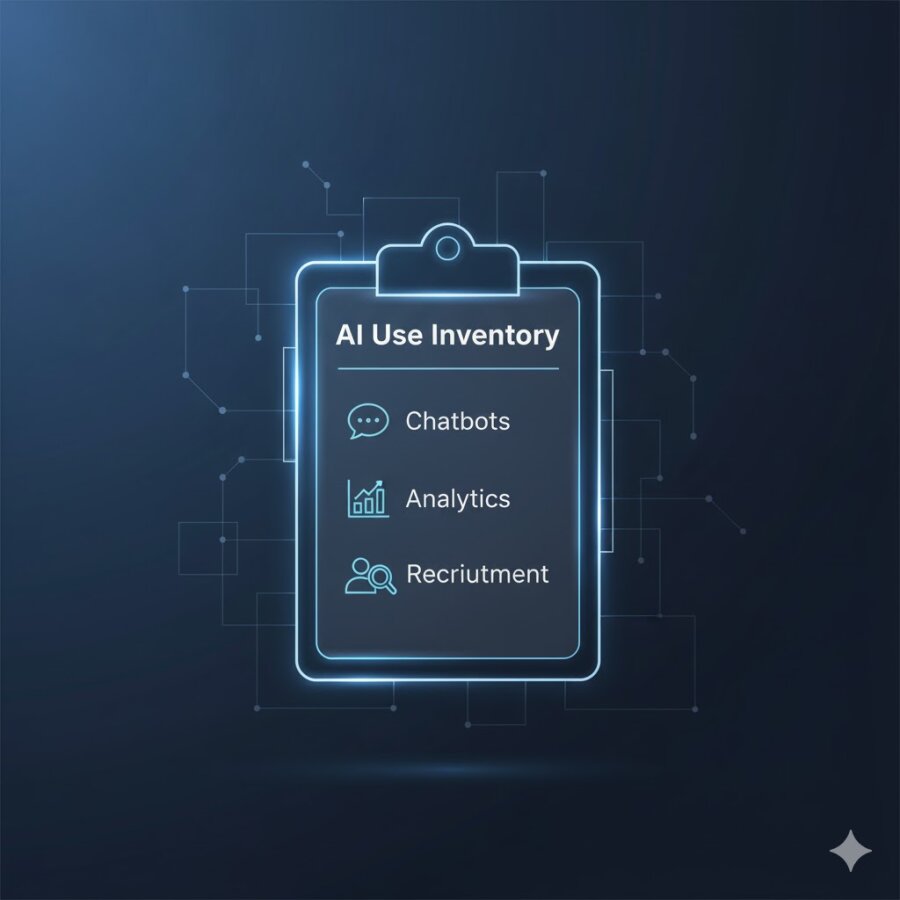
2. Determine your jurisdictional requirements.
Establish whether you operate on the mainland, within a free zone, or across multiple UAE jurisdictions. Each location may impose different obligations. If you're in the DIFC or ADGM, review their specific data protection and technology regulations. If you operate across zones, plan to comply with the most stringent requirements to ensure consistent practices.

3. Implement governance structures.
Assign clear responsibility for AI oversight within your organization. Larger businesses may appoint a dedicated AI governance officer or committee. Smaller companies might assign these duties to existing leadership, but accountability must be explicit. This person or team should understand the technical functionality of your AI systems, relevant legal requirements, and business objectives well enough to make informed risk decisions.
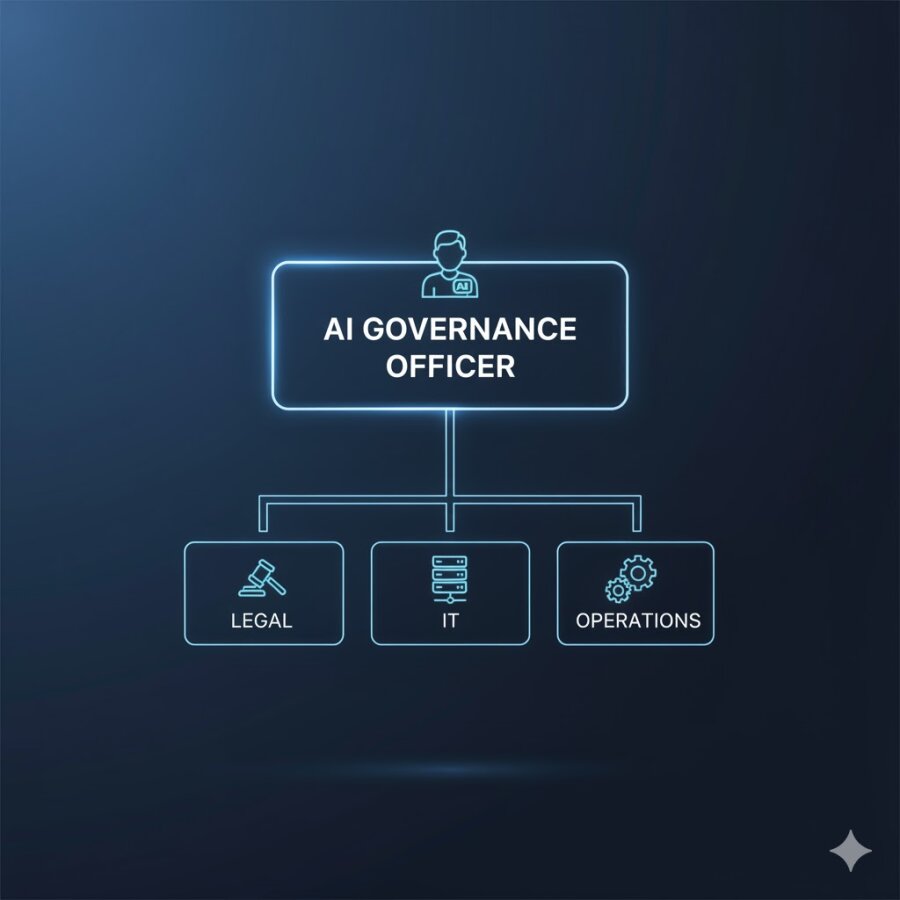
4. Establish transparency mechanisms.
Create documentation that explains how your AI systems work, what data they use, and how they make decisions. This serves multiple purposes: it helps you comply with transparency obligations, supports employee training, enables meaningful human oversight, and provides essential information if regulators ask questions. The documentation need not reveal proprietary details, but it should honestly describe system functionality and limitations.
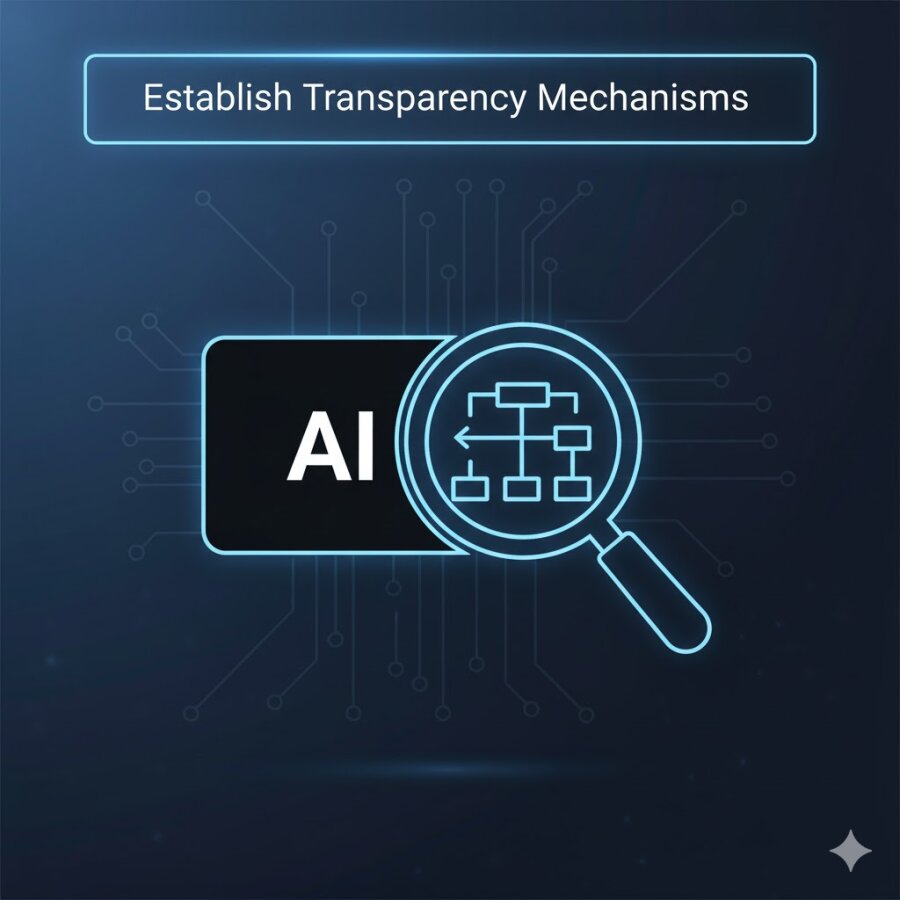
5. Address data privacy systematically.
Review your data practices against PDPL requirements. Ensure you have lawful bases for processing personal data through AI systems. Implement appropriate security measures, including encryption, access controls, and audit logging. Establish processes for handling data subject requests, recognizing that AI systems may complicate data deletion or correction requests. If you use cloud-based AI services, verify that data transfer mechanisms comply with cross-border restrictions.
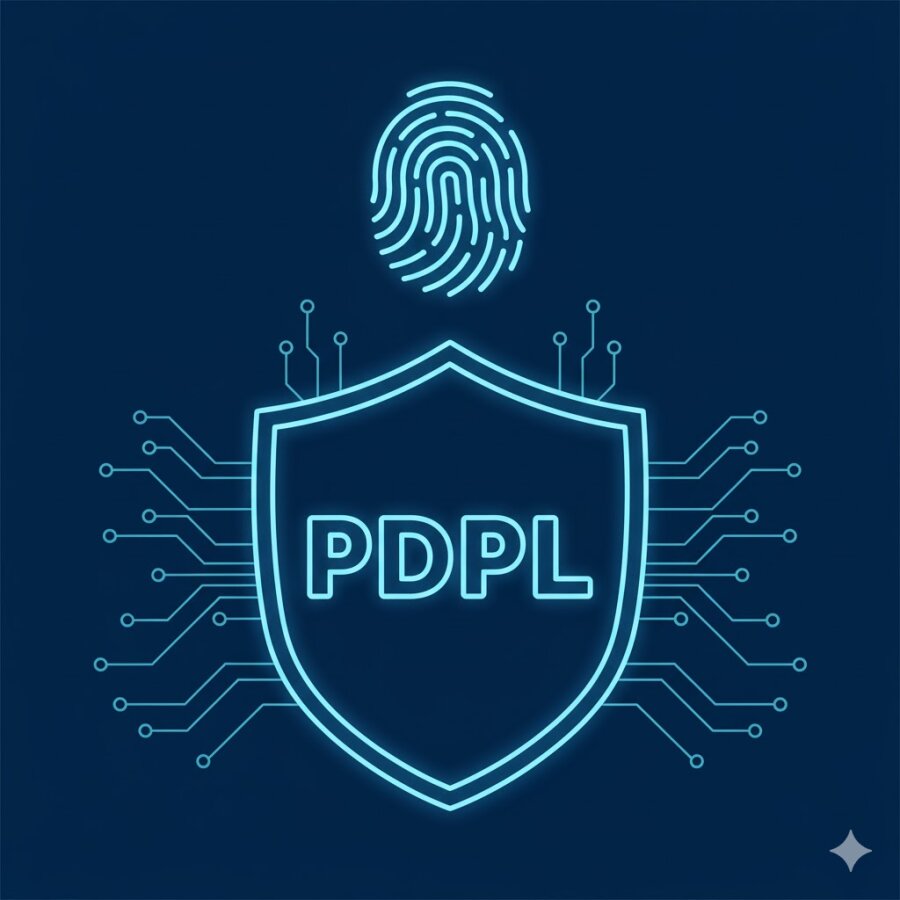
6. Build in human oversight.
Design workflows that allow human review of consequential AI decisions. This doesn't require reviewing every automated decision, but it does mean maintaining the capability to intervene and establishing clear criteria for when human judgment is necessary. Train relevant staff to understand AI system outputs, recognize potential errors or biases, and exercise appropriate judgment when overriding automated decisions.

7. Test for bias regularly.
Implement procedures to evaluate whether your AI systems produce discriminatory outcomes. This matters particularly for systems affecting employment, credit, pricing, or service access. Testing approaches vary by use case, but regular review is essential. When bias appears, you need processes to investigate root causes and implement corrections.
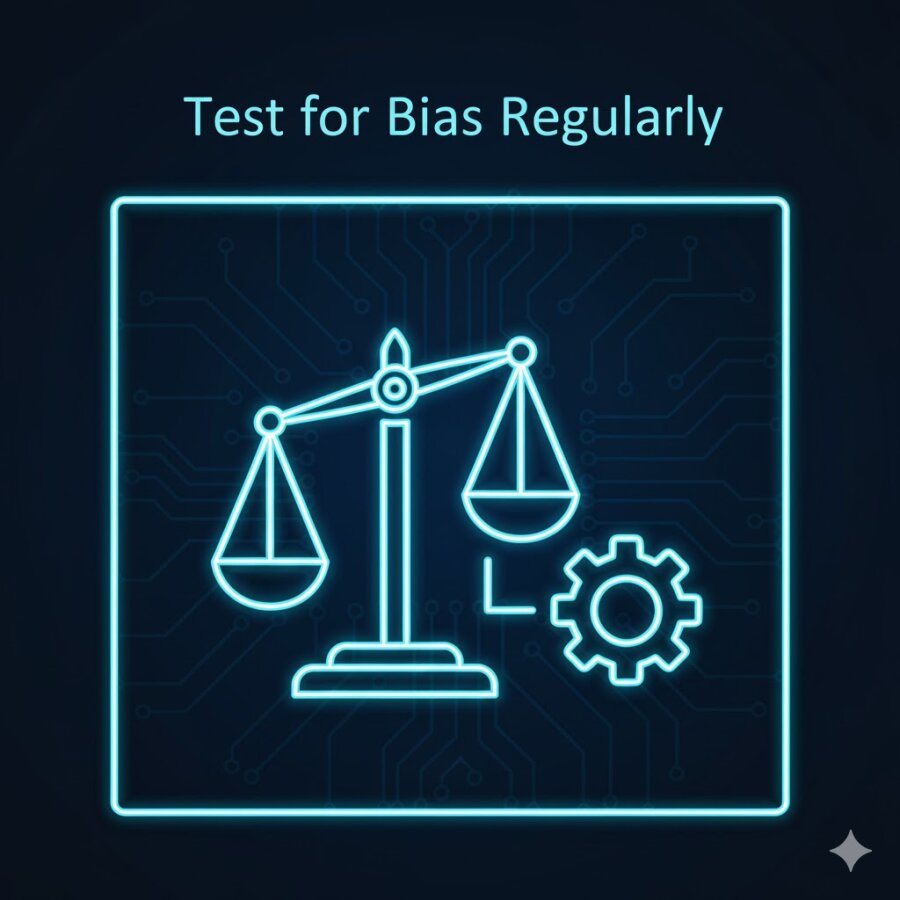
8. Manage vendor relationships carefully.
If you use third-party AI services, your vendor agreements should address key compliance issues. Require vendors to disclose how their AI works at a functional level. Establish data processing terms that comply with PDPL requirements. Secure audit rights allowing you to verify compliance. Allocate liability clearly for AI errors or data breaches. Include provisions allowing you to meet transparency obligations even regarding vendor technology.
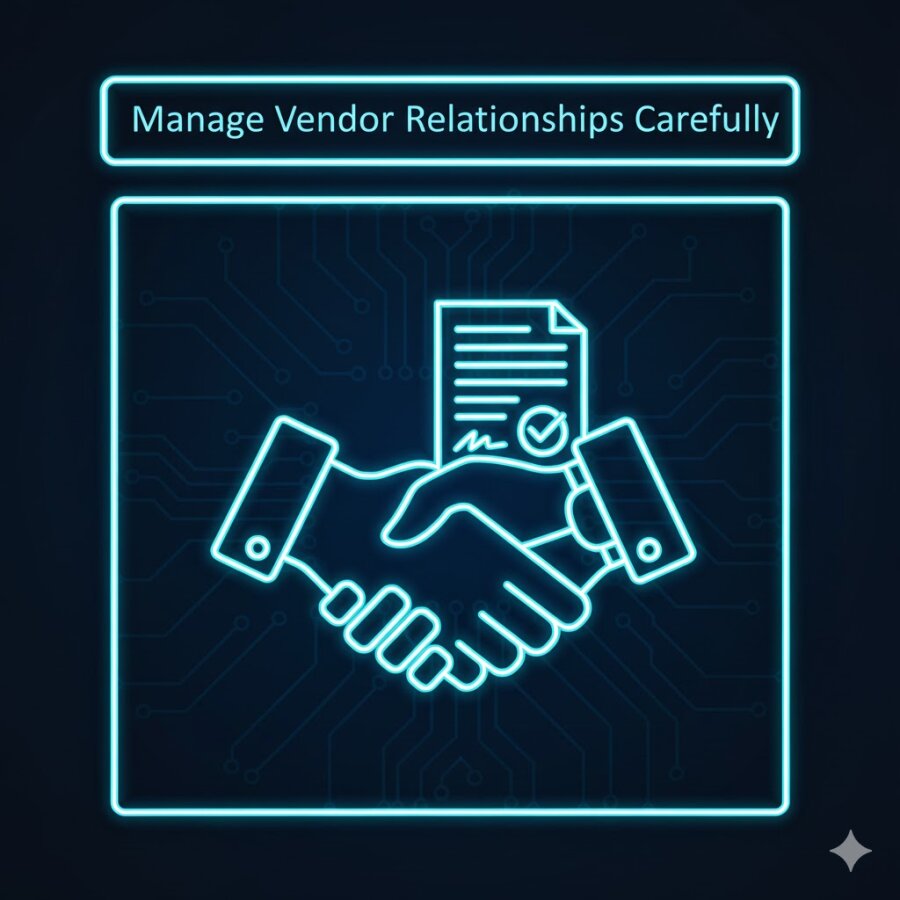
9. Create audit trails.
Maintain records of AI decision-making processes, particularly for consequential automated decisions. These records serve multiple purposes: they enable human oversight, support bias testing, facilitate data subject access requests, and provide evidence of compliance if regulators investigate. The detail required varies by risk level, but some documentation should exist for any significant AI application.
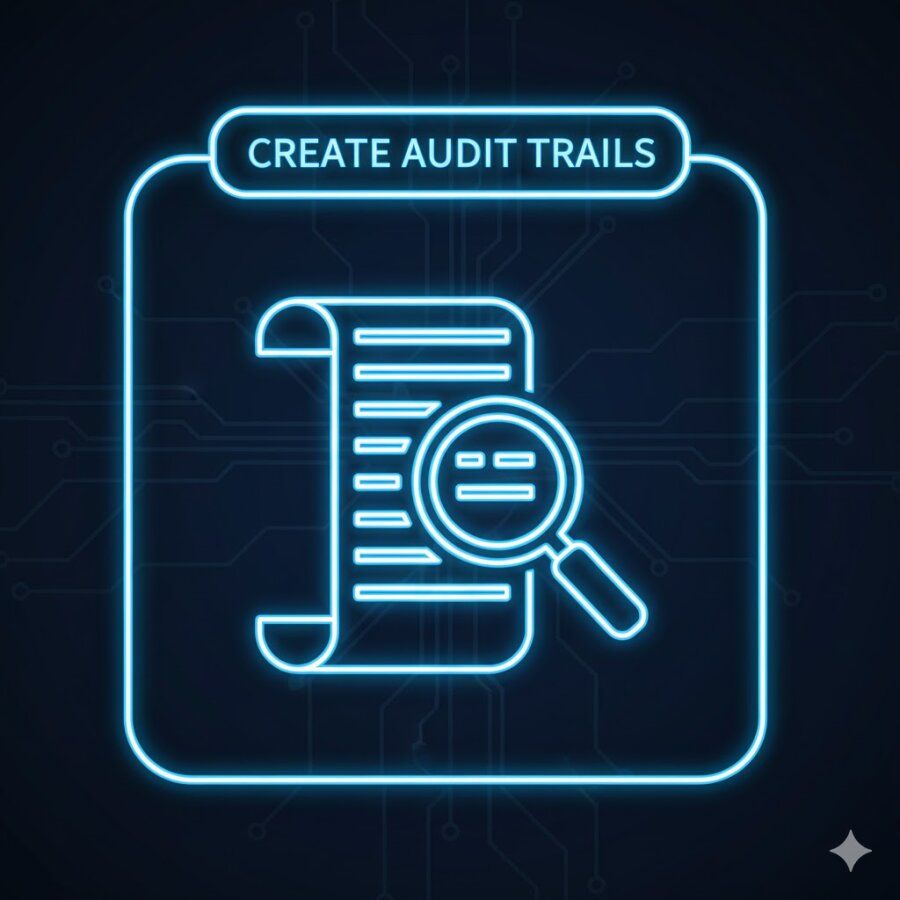
10. Monitor regulatory developments.
The legal framework governing AI in the UAE continues to evolve. Assign someone responsibility for tracking new laws, regulations, and guidance affecting your AI use. Subscribe to updates from free zone authorities if relevant. Consider engaging legal counsel with technology law expertise for periodic compliance reviews as the landscape changes.

11. Consider certification or standards.
While not legally required, adopting recognized AI governance frameworks or pursuing relevant certifications can demonstrate good faith compliance efforts. This becomes particularly valuable in an emerging regulatory environment where specific requirements remain somewhat uncertain.

Moving Forward Responsibly
The UAE continues to strengthen its technology and data governance ecosystem through major initiatives like the Federal Decree-Law No. 45 of 2021 on the Protection of Personal Data (PDPL), outlined on the official UAE government portal. The government’s AI Strategy and Charter also reinforces national goals around ethical AI use, transparency, and accountability.
By following these principles and the 11 steps above, businesses can operate confidently within the UAE’s regulatory framework, balancing innovation with compliance. For further professional guidance on e-commerce, internet, and technology law, visit Lawzana: E-commerce & Internet Law UAE.





